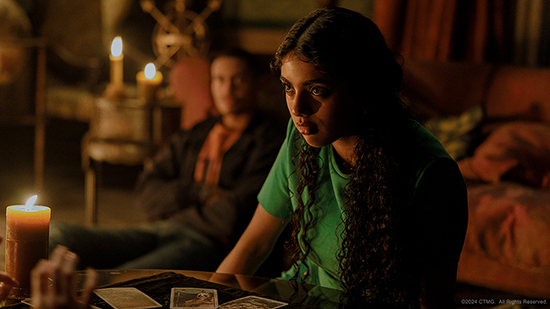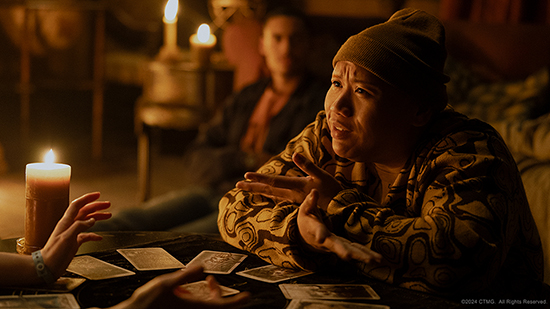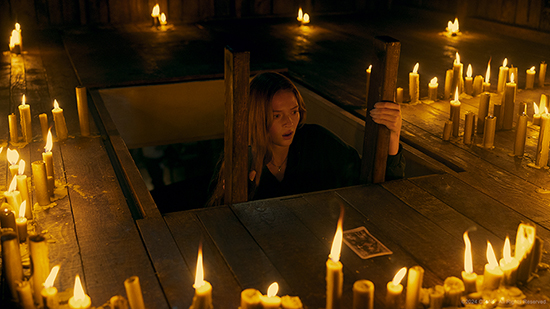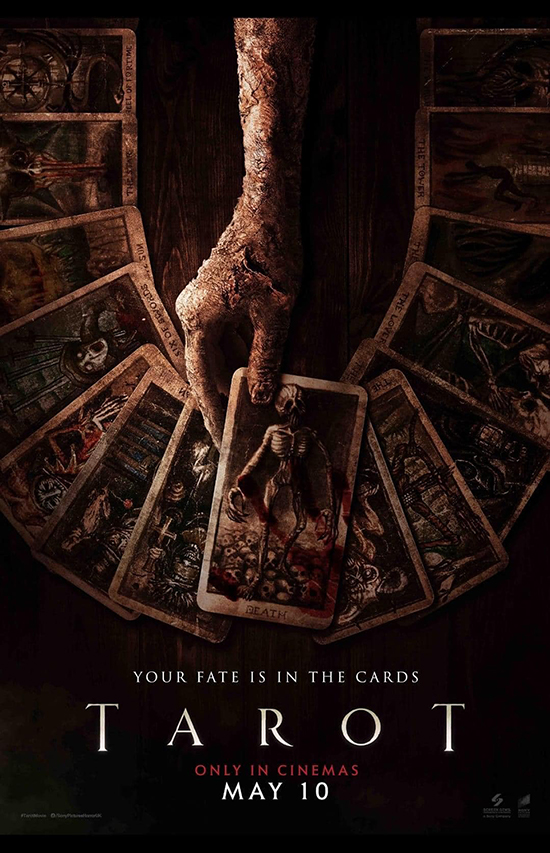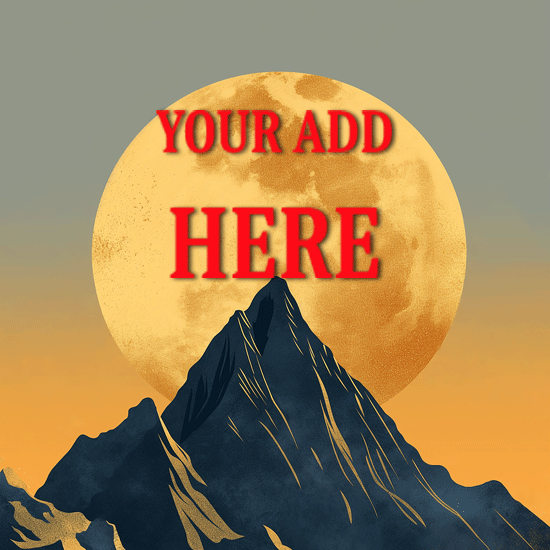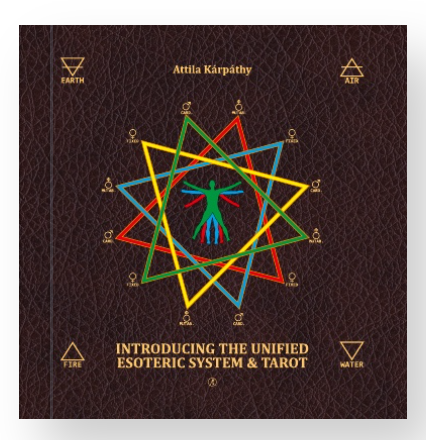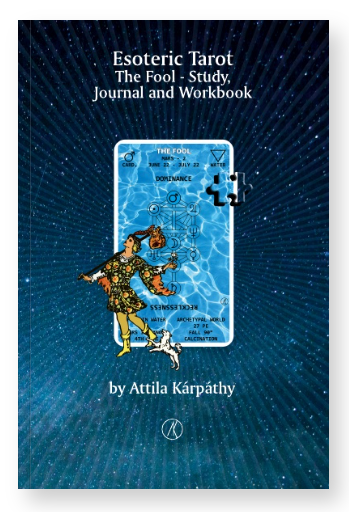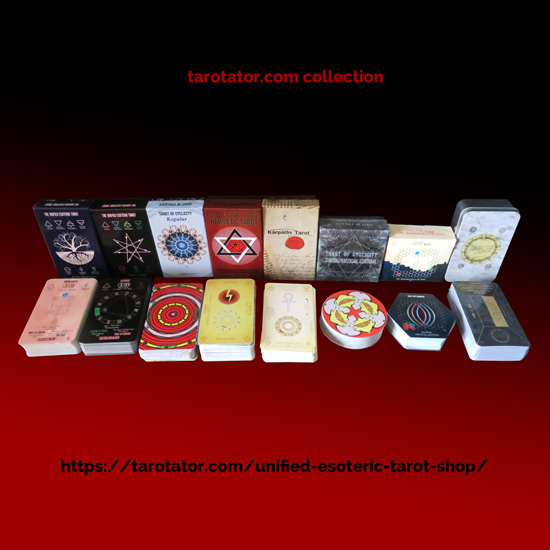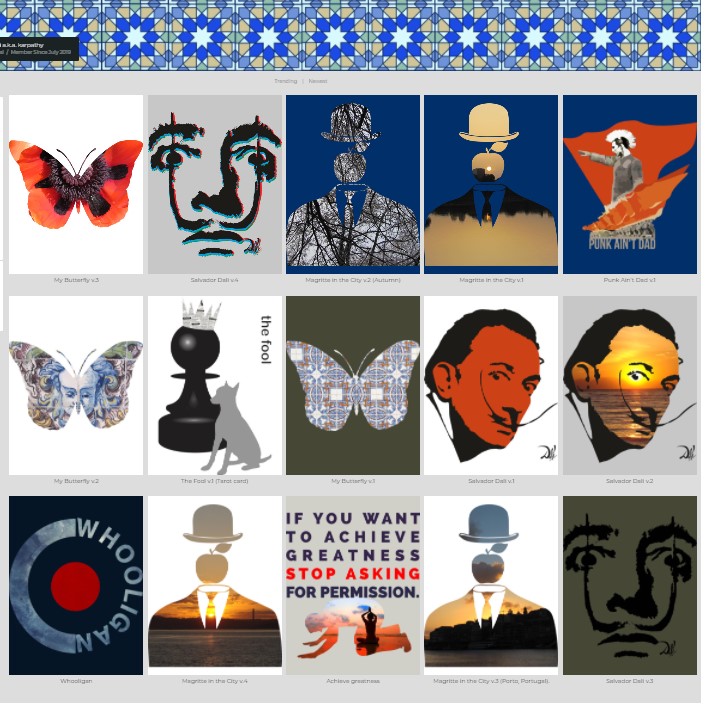Based on the 1992 novel Horrorscope by Nicholas Adams, Tarot is one of the most anticipated films in the Tarot community. Written and directed by Spenser Cohen and Anna Halberg and co-written by the author of the book, the film stars Harriet Slater, Adain Bradley, Avantika Vandanapu, Wolfgang Novogratz, Humberly González, Larsen Thompson, Olwen Fouéré, and Jacob Batalon.
Produced on a budget of 8 million USD, the movie generated over 45 million so far.
Interestingly, the original title, Horrorscope, was changed to Tarot at the last moment in January 2024. Therefore, throughout the film, they refer to the Tarot reading more as Horoscope.
The movie was initially scheduled to launch on June 28, 2024, but it was moved to May 10 and eventually released on May 3.
The story follows a group of college students who, after using a strange Tarot deck, suffer odd and fatal accidents one by one.
The Tarot reading is a relatively short scene at the beginning of the film. The reading focuses more on the astrological aspects and is written to fit the narrative. Remember, following the book, the film was supposed to be called Horrorscope, and they switched to Tarot at the last minute.
A custom Tarot deck was created for the movie. Maja Milovanovic painted quite a scary deck which fits the (horror) story, and I believe it may have commercial success if it ever gets released on the market. The ancient, used-looking, horror-death-themed deck in a black wood box with the Horoscope tablecloth would definitely attract a crowd.
The characters in the film debate if fate is predetermined.
They stated, “Whatever was going to happen would’ve happened.”
There is a widespread – medieval – common misconception that using the deck of cards for fortune-telling may bring bad luck.
In the film, they discuss the possibility that using the deck of cards might have triggered the string of unfortunate events. The next logical question is: Are all Tarot decks cursed, or only the ones they found and used?
Allegedly, they “violated the sacred rule of Tarot readings – never use someone else’s deck”.
First and foremost, there is no universally accepted Tarot Book of Laws. Perhaps there should be one, but there is not.
It became a matter of personal choice what part of ancient or modern traditions needs to be respected rigorously and which does not.
I have chosen not to touch someone else’s deck nor allow others to touch mine. It is not a matter of superstition but a practical one: preserving the owner’s energy and connection with the deck.
We often tend to forget that the Tarot is a sensitive, multi-functional instrument that should be treated and handled with care. As we do not change underwear with other people, keeping our decks for ourselves is likewise a matter of – spiritual – hygiene.
They discover that someone called The Astrologer magically manipulated and cursed the deck in Hungary in 1798. In order to survive, they will have to find a way to revert the curse.
Whenever the story relates to (dark) Magick, it has to be about East Europe, frequently about Romania, Transylvania or Hungary. After all, it was not only Dracula and the horror stories, but we learned that even the multiple Oscar-winning English patient was actually a Hungarian cartographer.
The last five decades have brought the Tarot into the public consciousness, and there has been a considerable increase in demand for and publication of various fortune-telling decks, especially Tarot cards. As a result, a spiritual practice has been commercialised.
Although the Rider-Waite deck failed to achieve its expected success at its inception, since the beginning of the 70s, it has become the best-selling Tarot deck in the world. As a result, a billion-dollar industry emerged, and countless decks were published.
The downside of the increased popularity is the dilution of its content. When everybody knows to use the Tarot cards because they are “easy and intuitive”, eventually nobody knows how to read them. Intuition cannot replace knowledge.
The same goes for the illustration of the cards.
The creation of each deck should start from seventy-eight blank canvases. Each deck creator should learn and understand the Tarot and only start translating the appropriate symbols to each card afterwards.
Unfortunately, most deck illustrators only copied existing decks, mainly the Rider-Waite pattern, without putting effort into learning and understanding the symbolical language of the Tarot. Inspiration cannot replace knowledge.
The body of work of the ancient esoteric tradition has been constantly diluted, altered, “lost in the translation”, and ultimately hijacked.
During the late nineteenth and early twentieth centuries, the leading magicians of the Hermetic Order of the Golden Dawn tried reconstructing a coherent and unitary esoteric system correlating various ancient teachings. However, with the downfall of the Order and the rise to popularity of the more loose New Age concepts, much of their effort has been cancelled.
We’ve been told that ignorance is bliss, and we bought it because it is comfortable. And the new, modern human being is all about comfort and effortless achievements.
In the film, it is suggested that adding Astrology to the Tarot makes it even more powerful.
In theory, that is true.
However, Astrology is embedded in the basic DNA of the Tarot deck. Numerology likewise. Probably also Kabbalah and Alchemy, and maybe also other hidden teachings as well. These things are not necessarily visible, but that doesn’t make them less relevant or efficient.
In the film, The Astrologer performing a Magick ritual manipulated the cards to bring to life their spiritual archetypes and kill the persons to whom they were attributed.
One by one, the High Priestess, the Hermit, the Hanged Man, and the Fool incarnate and come after their unsuspicious victims. Speaking about a cursed deck, all these archetypes turn out to be evil and bloodthirsty.
Can a deck of cards be used for conjuring and controlling spirits?
Absolutely. And if you don’t take my word on it, please read (again) Aleister Crowley’s The Book of Thoth: A Short Essay on the Tarot of the Egyptians.
Crowley wrote about the Tarot and the Magick and Ceremonial Magick, the connection between the Tarot and the Shemhamphorasch, the Tarot and the animism, and he mentioned that the cards are living beings.
He noted: “Any natural object possessed not only its material characteristics but was a manifestation of a more or less tangible idea on which it depended.”
The Tarot cards are portals that channel various energies and even spirits.
Crowley explains: “These considerations apply to the cards taken from the Tarot. What is the meaning of the Five of Wands? This card is subject to the Lord of Fire because it is a Wand and to the Sephira Geburah because it is a Five. It is also subject to the sign Leo and to the planet Saturn because this planet and sign determine the nature of the card. (…) It is a harmonious composition of various elements; once mixed, it forms a single compound from which it would be very difficult to separate the ingredients, yet each element is necessary to the composition.
The Five of Wands is, therefore, a personality; the nature of this is summed up in the Tarot by calling it Strife.
This means that, if used passively in divination, one says, when it turns up, there is going to be a fight. If used actively, it means that the proper course of conduct is to contend. But there is a further point about this card. It is governed from the angelic world by two Beings, one during the hours of Light, the other during the hours of Darkness. Therefore, in order to use the properties of this card, one way is to get into communication with the Intelligence concerned and to induce him to execute his function.”
According to Crowley, a learned tarotist can use the deck for Magickal operations, including invocations and evocations. One can identify oneself with the cards to gain a deeper understanding of them but also conjure and control the specific Spirits attached to each card.
However, Crowley was suspiciously reserved in revealing the manner in which Spirits can be invoked and put to work for the benefit of the conjurer.
He briefly explains the meaning of Shemhamphorasch, the divine name, and how three verses from Exodus contain seventy-two names and attributes, but “there are also innumerable other angels, demons, magical images, lords of triplicities, lesser assistant angels and so on, with demons to correspond.”
By learning the kabbalistic attributes of the cards, one can conjure various Spirits – Intelligences, as Crowley called them. Those interested in these occult practices can find additional information and instructions in several other works by Crowley and other authors.
However, he concluded: “It is quite useless to study all these attributions. They could only be wanted in case of wishing to get into actual communication with one of these for some special purpose. These matters are here mentioned for the sake of completeness; but the Tarot will lose all its vitality for one who allows himself to be side-tracked by its pedantry.”
Perhaps he was so reticent to give specific instructions because he was fully aware of the embedded dangers.
While it is easy and comfortable to label all these ideas as medieval superstitions and brush them off with an ironic smile, most of these mechanisms are embedded into the DNA of the deck – any deck.
Quoting the Sefer Hasidim: “One should not believe in superstitions, but still it is best to be heedful of them.”
If you don’t believe and don’t understand something or can’t or won’t see something, it doesn’t mean that thing doesn’t exist or work. Just like, if the majority think of something in one way, it doesn’t mean it is the only or the right way.
Crowley also mentioned animism.
Animism is the belief that objects, places, and creatures all possess a distinct spiritual essence.
Unsurprisingly, Crowley mentions the translation by S. L. Mathers of a manuscript called The Sacred Magic of Abramelin the Mage, published in a small edition. Allegedly, a group of people in close relationships with Mathers who bought the book were all hit by misfortune. According to Crowley, “Within a year, people were saying that it was terribly dangerous to have the book on one’s shelves”.
In conclusion, objects – including Tarot decks – can deposit and transmit positive or negative energies.
In the movie, the Astrologer killed herself and transposed her dead spirit into the deck to gain control over the archetypes featured on the cards. She used the methods of (Black) Magick to avenge the brutal murder of her daughter.
Is that even possible?
Theoretically, the purpose of Magick is to make impossible things possible. The only condition is exhaustive knowledge and mastery of the practical execution.
However, as I stated before, most of that knowledge has been lost or hijacked, and what is left of it is mainly inaccessible. Esoteric, by definition, means hidden and not accessible to everybody. Yet, it is just one of those “details” we tend to disregard graciously.
What would I recommend?
Be aware of the power of Tarot and the energies it channels.
It is not child’s play, and it is not entertainment. Probably, it is the most potent Magickal instrument in the world.
I keep my Tarot decks in cardboard or wooden boxes. The decks, wrapped in silk, represent an additional layer of protection. It keeps away outside intrusions but also keeps energies closed inside.
I also advise the use of cleansing and banishing rituals and prayers before and after each reading. Additionally, I light a white candle each time I perform a reading.
I’m not superstitious but cautious.
